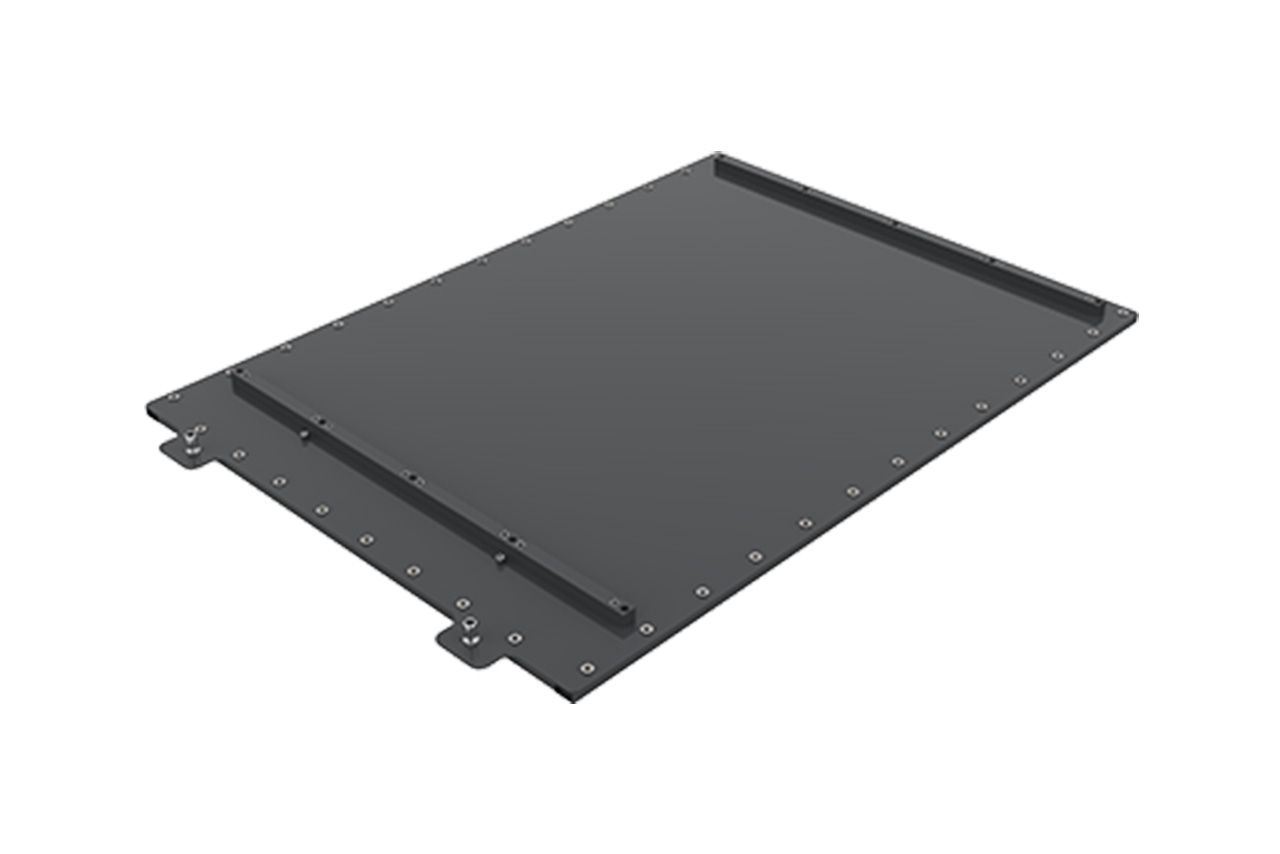Search the whole station
Liquid cold plates and cooling unit series are widely deployed in data centers and energy-storage systems. By harnessing advanced liquid cooling technology, they significantly enhance heat dissipation and system reliability.
Liquid Cold Plate Solutions:
Liquid Cooling Unit Solutions:
A liquid cooling unit solution typically includes key components such as liquid-cooled servers, liquid-cooled racks, manifolds, PDUs (Power Distribution Units), and CDUs (Coolant Distribution Units). These components work together to achieve efficient heat dissipation and energy management.
Liquid Cold Plate Production Floor:
Inside the precision liquid cold plate production floor, we witness the seamless integration of technological innovation and refined craftsmanship. Every process is carefully designed to ensure that the liquid cold plates can operate reliably in extreme operating conditions. Automated production lines work hand in hand with experienced technicians—from precise CNC machining to meticulous surface treatment—each step is strictly controlled to guarantee exceptional product performance.
Liquid Cooling Unit Production Floor:
Our production floor adopts a modular production concept, enabling each unit to operate efficiently while maintaining high flexibility to meet the needs of different customers. In addition, our production environment is strictly controlled to ensure product cleanliness and durability. Here, each liquid cooling unit is more than mere equipment—it reflects our commitment to technological innovation and exceptional quality.


